April 15 marked the 10th anniversary of the Boston Marathon bombing that left three people killed and hundreds injured. The horrific attack — orchestrated by two brothers who set off pressure cooker bombs near the finish line — left the nation in a great state of shock.
In anticipation of this year's race on Monday, Netflix released the docuseries "American Manhunt: The Boston Marathon Bombing," which examines the 2013 bombing, its aftermath and the manhunt for brothers Tamerlan and Dzhokhar Tsarnaev, the main suspects behind the attack. The three-part-series is a harrowing watch that narrates the atrocities through extensive first-person footage. There are also interviews with law enforcement, including Boston Police Department superintendent Billy Evans, who finished the marathon a few hours before the bombs went off, along with the runners who were injured, their loved ones and a young student who knew one of the bombers.
Here are the six most shocking revelations from the series:
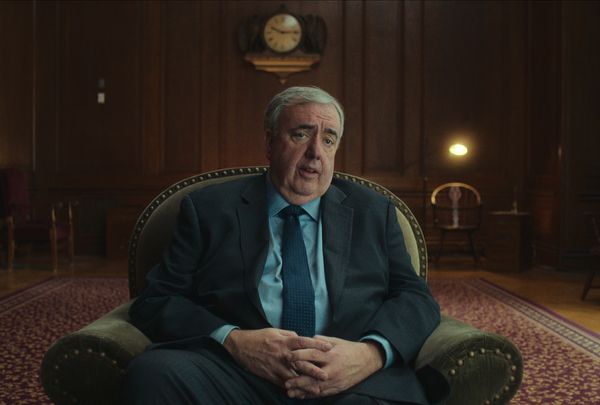 Ed Davis from "American Manhunt: The Boston Marathon Bombing" (Netflix)
Ed Davis from "American Manhunt: The Boston Marathon Bombing" (Netflix)Around 2:49 p.m., nearly three hours after the first runner crossed the finish line, two bombs detonated about 210 yards apart at the marathon's finish line. Following the first explosion, a second bomb exploded 12 seconds later in front of a nearby restaurant.
Law enforcement and EMTs who were at the scene of the attack recounted the bloodshed and the great terror amongst runners and spectators who were heard crying out in pain.
"I stepped out of the car, and as soon as my foot hit the ground, I could feel shrapnel under my feet," said Boston Police Department police commissioner Ed Davis. "And then I saw the damage across the street. The volume of blood and body parts on the ground was just something I had never seen before."
"To see the young bodies lying on the street, it's something I'll never get out of my head to this day," recalled Boston Police Department superintendent Billy Evans.
 Youssef Eddafali from "American Manhunt: The Boston Marathon Bombing" (Netflix)
Youssef Eddafali from "American Manhunt: The Boston Marathon Bombing" (Netflix)The Sept.11 attacks spurred a new era of Islamophobia and hate towards the Muslim community nationwide. And following the Boston Marathon bombings, many feared the attack would be associated with Islam, which would fuel more fear and prejudice.
"You couldn't help that sinking feeling inside you to think that maybe this is committed by somebody who is a Muslim," said Ismail Fenni, acting imam of Islamic Society of Boston.
"When the bombing happened, I was in college," said Youssef Eddafali, a friend of Dzhokhar. "I remember thinking, 'Please don't let it have anything to do with Islam.' Islamophobia was just starting to go away. I immediately knew that they were going to pin it on Islam."
One of the first suspects who was detained in connection to the bombing was an unnamed Saudi man whom police said was seen wearing tattered clothes and exhibited questionable behavior. It was later revealed that the man was not involved in the attack — officials said he "was just at the wrong place at the wrong time."
The subsequent manhunt further encouraged sleuths and conspiracy theorists to voice their anti-Muslim sentiments online. One tweet shown in the documentary reads, "Boston Massacre is a BIG DEAL! Bombing of marathon by evil Muslim terrorist." Others read, "This definitely is those Arabs fault" (accompanied with the man wearing a turban emoji) and "I definitely blame the Arabs."
It didn't help that conservatives, even news outlets were also echoing similar hateful rhetoric. "Even after he was cleared, the media was hounding the Saudi Arabian national and even his roommate," said investigative reporter Phillip Martin.
 Rick Deslauriers from "American Manhunt: The Boston Marathon Bombing" (Netflix)
Rick Deslauriers from "American Manhunt: The Boston Marathon Bombing" (Netflix)After spending hours examining lengthy video footage of the bombing, officials identified the Tsarnaev brothers as the primary attackers. At the time, their identities were still a mystery, so they were given the code names "white hat" and "black hat" based on the colors of the baseball caps they were both wearing.
The photos, albeit blurry, were a heated topic amongst officials, who struggled to decide if they should be released to the public or kept in private until more information was found. Only police commissioner Davis agreed to do the former. He said he was met with complete silence.
"If you release the photo of the bombers, you let them know that you know who they are," explained Rick DesLauriers, special agent in charge for the FBI. "And you may cause them to flee."
Four days into the investigation, however, officials learned that the photos had been leaked and were going to be released by a Boston media station.
"We made the decision that the best thing to do was to release the video evidence to the American public before the media did," said DesLauriers. Davis added that he did not leak the photos.
Following the photo's release, the suspects murdered an MIT policeman. An urgent manhunt ensued.
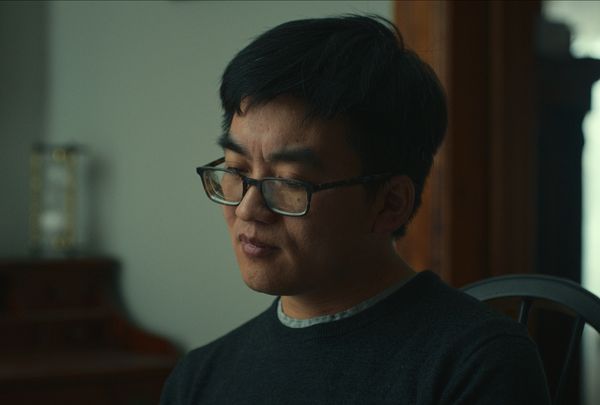 Danny Meng from "American Manhunt: The Boston Marathon Bombing" (Netflix)
Danny Meng from "American Manhunt: The Boston Marathon Bombing" (Netflix)Meng, a tech entrepreneur who had come to the United States from China in 2009 to get a master's degree, was kidnapped by the brothers while driving in Cambridge. One of the brothers, Dzhokhar, entered Meng's Mercedes, held a gun to his face and demanded he drive. Tamerlan later entered the car, took control of the driver's side and told Meng to sit in the backseat. While driving, the brothers confessed to Meng that they were the Boston bombers and had also killed an MIT policeman.
The trio eventually stopped at a gas station, where Meng said he made "the most important decision of my life." Meng managed to escape and run to a nearby gas station to call 911. He also helped police track the runaway bombers.
What followed was a brutal shootout between the Tsarnaev brothers and officers from the Watertown Police Department, Cambridge Police Department, Boston Police Department, Massachusetts State Police (MSP), Boston University Police Department and MBTA Transit Police Department. The brothers also threw five "crude grenades" and detonated at least one pressure cooker bomb. Eventually, Tamerlan was shot several times. He died after his brother ran him over while escaping from police in the stolen car.
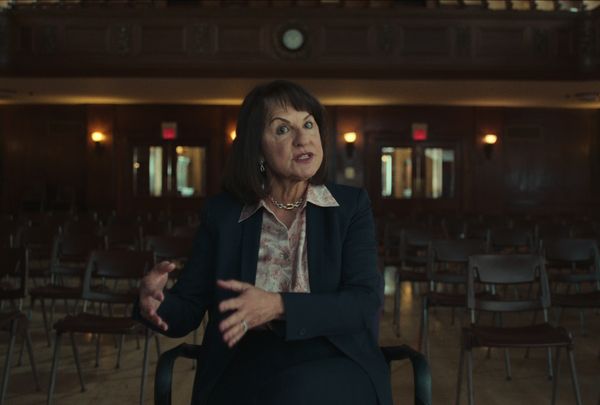 Carmen Ortiz from "American Manhunt: The Boston Marathon Bombing" (Netflix)
Carmen Ortiz from "American Manhunt: The Boston Marathon Bombing" (Netflix)The lengthy manhunt finally came to an end when a Watertown resident found a badly injured Dzhokhar hiding under the tarp on his parked boat. Dzhokhar and police exchanged fire for approximately an hour before Dzhokhar was arrested with gunshot wounds to his head, neck, legs and hand.
"There were people clapping and cheering," recalled assistant FBI special agent in charge John Foley. "It was like a parade."
"There were all these people lining up the street," said Carmen Ortiz, the former United States Attorney for the District of Massachusetts. "I felt so patriotic. I felt so part of this country and part of what makes it good."
Other officials recalled that people filled the streets, holding flags and screaming "USA! USA! USA!" and singing victory tunes. A tribute for all the officers was also held at Fenway Park.
Despite the arrest, the investigation into the bombing was only getting started. Law enforcement found that Dzhokhar had written a jihadi manifesto inside the boat he was hiding in. His computer had editions of Inspire magazine, an online publication published by Al-Qaeda, and directions on how to make a bomb in your home kitchen. Dzhokhar's roommates also worked to get rid of "explosive" evidence, which was later recovered.
Tamerlan was also a suspect in the triple homicide that took place in Waltham, Massachusetts, on the evening of Sept. 11, 2011. The victims, Brendan Mess (who Tamerlan had previously described as his "best friend"), Erik Weissman and Raphael Teken were found dead in Mess's apartment with their throats slit from ear to ear.
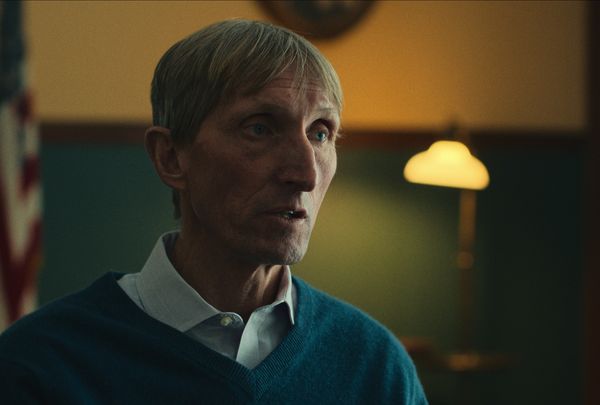 Billy Evans from "American Manhunt: The Boston Marathon Bombing" (Netflix)
Billy Evans from "American Manhunt: The Boston Marathon Bombing" (Netflix)Evans continued, "We witnessed four tragic deaths. People lost limbs and they'll never get back the innocence of their life. So, to say that it's over, it will never be over."
"It's been 10 years now. You look back at the footage, and you see civilians and marathon workers and police officers and first responders just jumping in to save and do what they can," said Foley.
Dzhokhar's death penalty was reinstated by the Supreme Court in 2022 after being overturned by appeal, the documentary revealed. He is currently being held in supermax federal prison while awaiting execution.
American Manhunt: The Boston Marathon Bombing is currently available for streaming on Netflix. Watch the trailer for it below, via YouTube:
Read more
about Netflix documentaries:


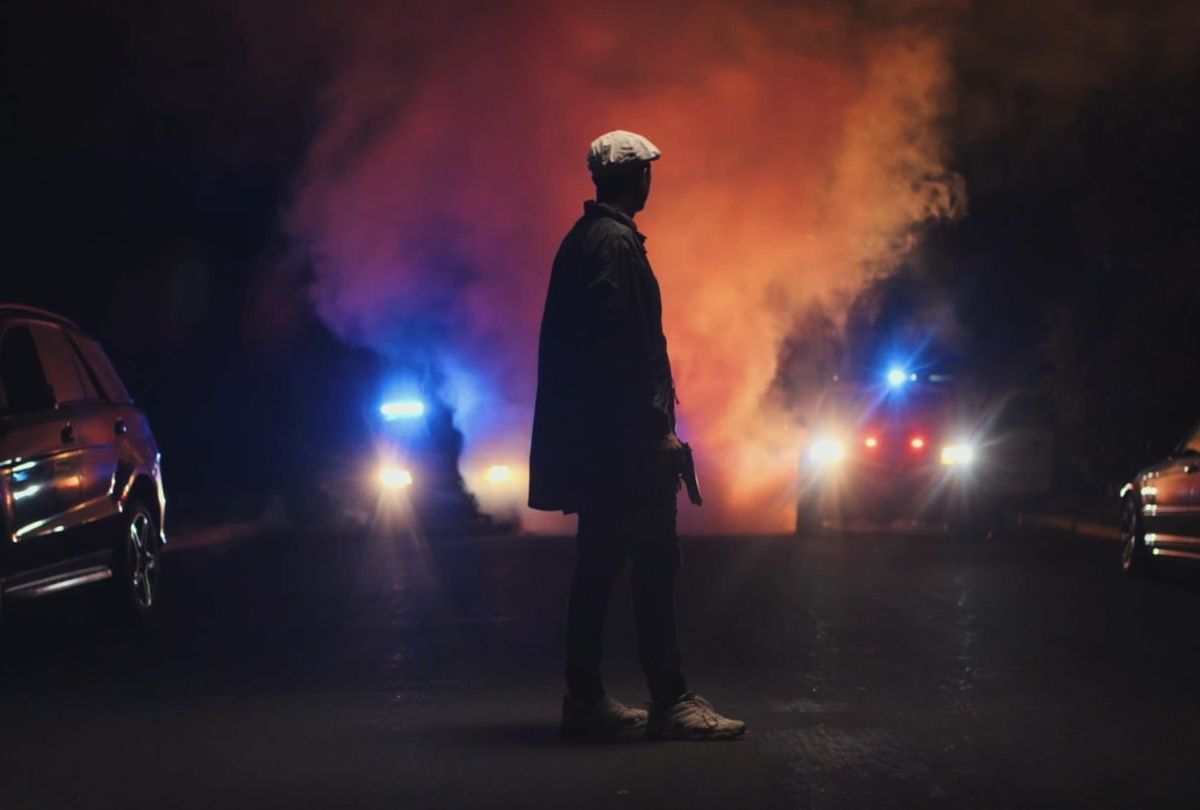
Shares